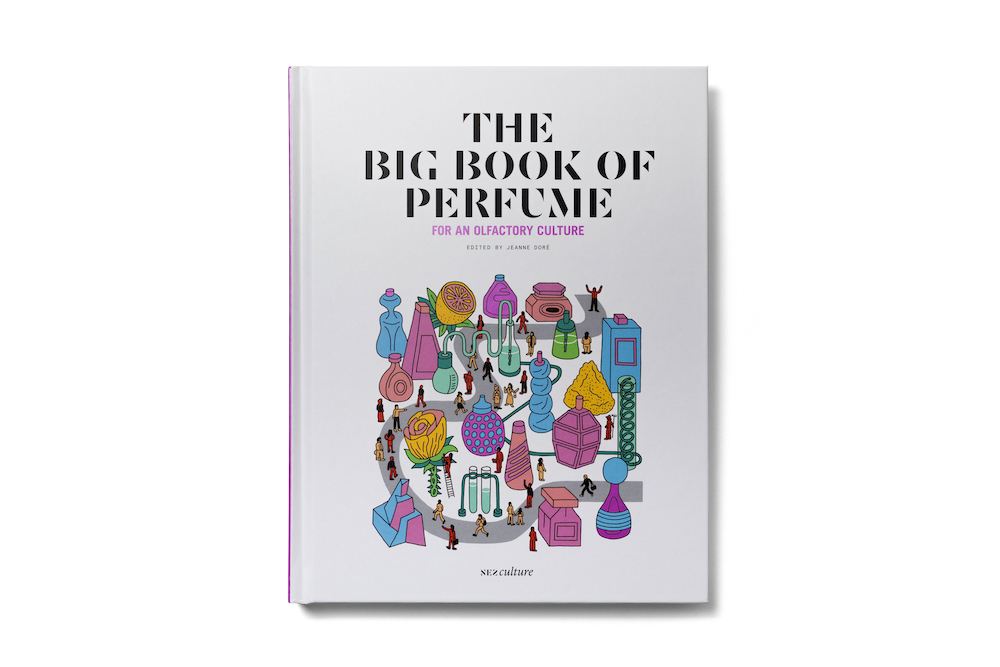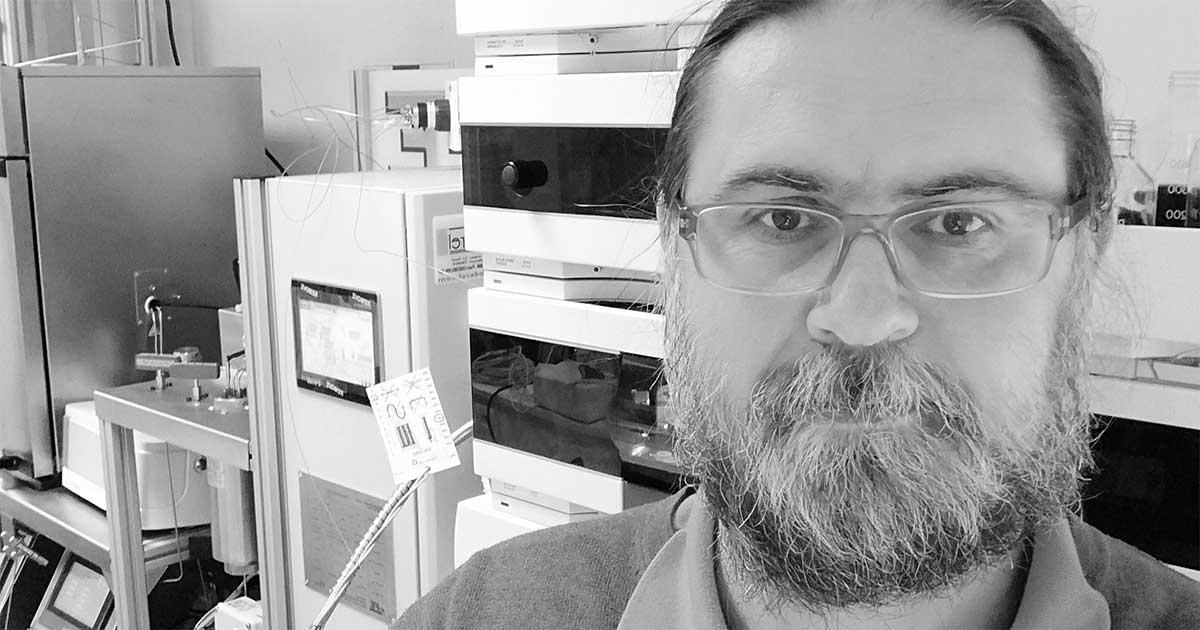Cette publication est également disponible en :
Français
After emerging in the 1960s and 1970s, supercritical CO2 extraction (carbon dioxide compressed to the point of becoming fluid) is now carving an ever-bigger place for itself in the perfumer’s palette. It conforms to the principles of green chemistry and meets new brand and consumer expectations. What are the advantages compared to other methods? And the limitations? Are there any foreseeable developments? Cyrille Santerre, analytical chemistry teacher at the ISIPCA (International Higher Education School of Perfumery, Cosmetics and Food Flavouring), answers our questions.
What type of raw materials can you use to obtain a CO2 extract?
All plant matter can potentially be subjected to CO2 extraction. But the presence of water makes the extraction harder: CO2 is not very water soluble, and water acidifies its environment. Fresh plants, like lavender and jasmine, for example, contain a high percentage of water. To carry out an extraction we have to reduce humidity levels, which makes the process lengthier and more complicated and thus introduces additional costs. For the moment, composition house catalogues contain mostly CO2 extracts from dry raw materials: pepper (particularly pink peppercorn, which has a high yield), vetiver, coffee beans, vanilla, and so on.
What is the olfactory profile of a CO2 extract?
Compared to other methods of extraction, the result is far closer to what we call the original matrix, meaning the plant. This difference is mainly caused by the fact that hydrodistillation and steam distillation require temperatures of around 100°C (212°F), which can trigger degradation of certain molecules and do not necessarily get all the molecules into the distillate, whereas CO2 extraction is almost a cold procedure, starting at 32 or 33°C (89.6 to 91.4°F), preventing thermal degradation. This is why we get a more accurate product, with more facets – although it can turn out to be more complicated to work with for a perfumer.
What is its ecological impact?
This type of extraction follows the principles of green chemistry, with a limited impact on the environment. For example, we use CO2 from methanation, a process that obtains gas from organic matter produced by farms, the agri-food industry and local authorities as well as fertiliser and bioethanol producers. We reuse what is seen as waste. Thanks to new equipment, we can work in a closed circuit, which means we can recycle CO2.
Lastly, this type of extraction requires less energy than hydrodistillation: we only have to compress the COÀ to heat it up a little. Because CO2 is nonpolar (its positive and negative electric charges are symmetrically arranged), cosolvents may be needed, depending on the molecules we’re looking for. And in that case we can use bioethanol, which retains the solvent during formulation.
What portion of the perfumer’s palette do CO2 extractions currently represent?
It’s a costly process, mostly confined to the luxury segment. So its use is still very rare: I’d say it makes up less than 1 per cent of the palette, to give you a rough idea. But the trend is on the rise due to higher demand for ‘green’ products.
Can these techniques hope to someday compete with the other methods of extraction?
They won’t replace the other methods, but it would be interesting to develop them as auxiliary tools. Their cost remains the main question. Yields are often lower with CO2 extraction compared to distillation, for example. Plus the equipment is more expensive, and it’s a material that requires very specific cleaning, meaning more time and more money. But the increasing popularity of CO2 therapeutic cannabis extracts and hops extracts for the food industry, particularly in the United States, no doubt augurs well for the future development of this type of extraction in perfumery.

This interview is from : The Big Book of Perfume, Collective, Nez éditions, 2020, 40€/$45
- Available for France and international: Shop Nez
- Available for North America: www.nez-editions.us








Comments